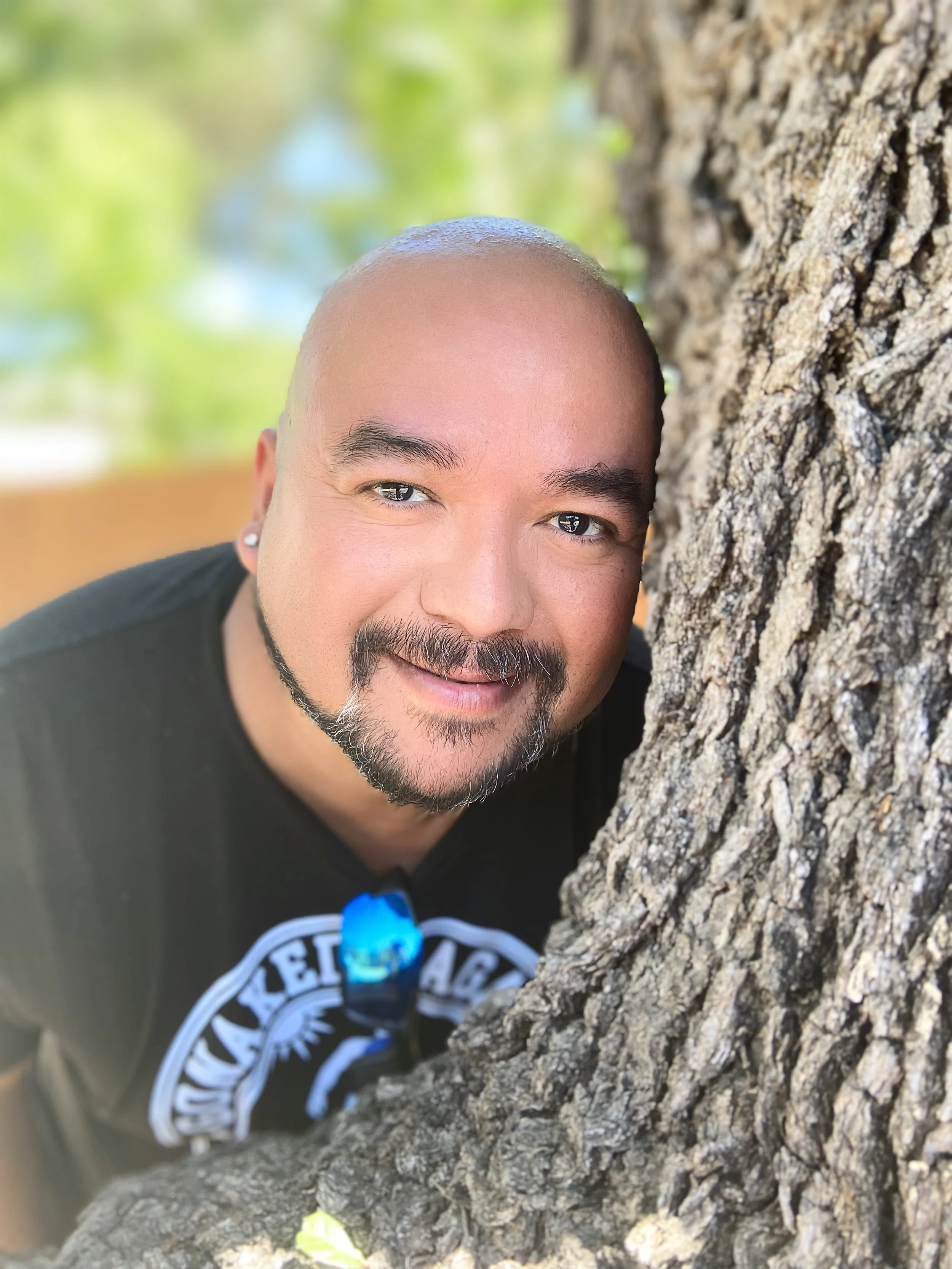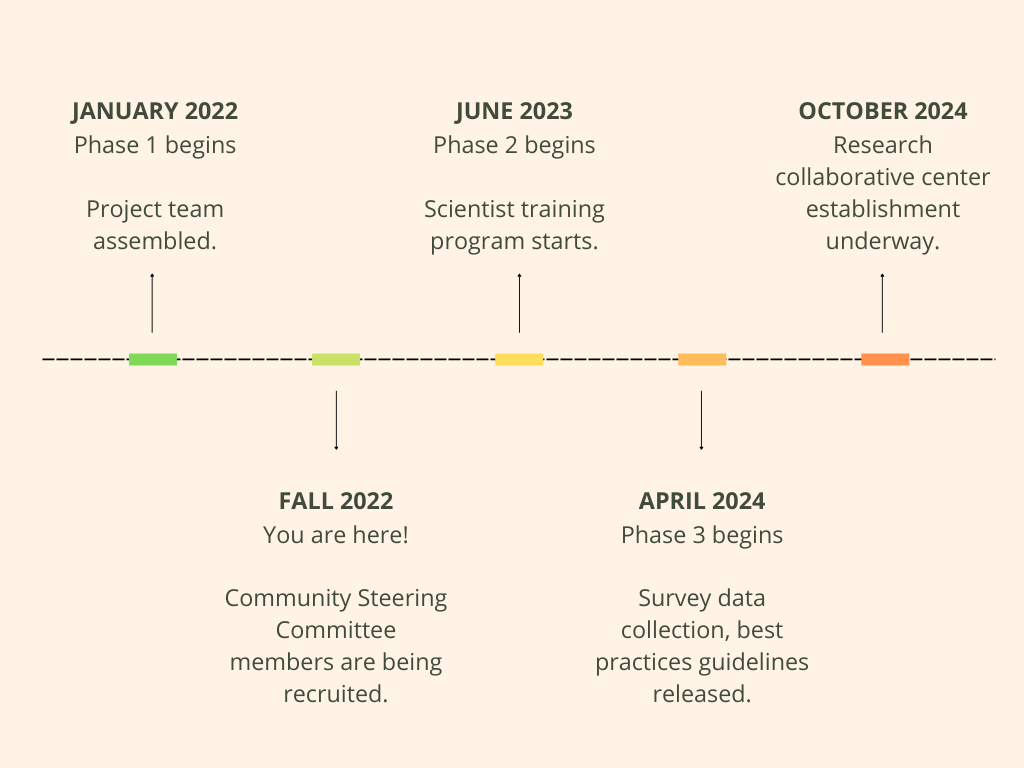The Sexploration Project
Key terms and concepts are defined at the bottom of this page.
Mission Statement and Values
The Sexual Health, Erotic Life, and Pleasure Exploration Project (or Sexploration Project for short) is an interdisciplinary, feminist public science project, led by a mosaic of community members dedicated to and engaged in lifelong learning. We aim to explore the breadth and depth of the sexuality prism by centering the voices and lived experiences of everyday people. Our project will produce insights into sex/uality, sexual health, eroticism, and pleasure that can better inform community programming, future data collection efforts, innovative research and scholarly work, institutional funding priorities and initiatives, policy protections, and more.
Together, our team:
approaches sex and sexuality from a positive, health promotive, and strengths-based perspective;
understands that work on sex/uality is deep, transformative, and sometimes traumatic work, but is it also fun, pleasurable, and full of joy;
values accountability, transformative justice, non-hierarchical models of coexisting, and the power of the people;
upholds and promotes the fundamental human right to 2LGBTQIA+ and sexual and gender minority (SGM) embodiminded autonomy; and,
is committed to repairing harms caused by White Supremacist, eugenicist, misogynist, homophobic, transphobic, ableist and sanist policies and initiatives.
Vision Statement
We envision a world in which all forms of agentic and consensual sex and sexuality are understood and affirmed as natural. This, by default, includes a future in which the embodiminded autonomy of all people is recognized and protected, individually, interpersonally, communally, and institutionally.
MEET THE TEAM!
Click on the images below for bios and more information.
PROJECT TIMELINE
Key Terms and Concepts
2LGBTQIA+. This acronym includes the identity terms for Two-Spirit (2), lesbian, gay, bisexual, transgender, queer, intersex, and asexual people, and the “plus sign” represents all other individuals who are outside of, unaccounted for by, and/or not otherwise in relation to cisgender heterosexuality.
Embodiminded. Embodimind is a term coined by Sara M. Acevedo Espinal (2020). In “Effective Schooling” in the Age of Capital: Critical Insights from Advocacy Anthropology, Anthropology of Education, and Critical Disability Studies, Acevedo writes, “Disability Studies scholar Margaret Price (2015) popularized the term “bodymind” to emphasize the symbiosis, rather than the independent functioning, of body and mind. This counter-Cartesian exercise inspired a new iteration of the term in my own writing – embodimind. From the perspective of an autistic writer who lives with chronic illness, this spinoff aims to signify the somatic experiences of neurological embodiment – in a way, this is to represent the soma of a brain that is the body and a body that is the brain” (p. 268).
Reference: Acevedo Espinal SM. “Effective Schooling” in the Age of Capital: Critical Insights from Advocacy Anthropology, Anthropology of Education, and Critical Disability Studies. Canadian journal of disability studies. 2020;9(5):265-301. doi:10.15353/cjds.v9i5.698, Page 268, Footnote 1. (Link)
Public Science. Public science is a phrase we are adopting in place of one more typically found in scholarly and research publications: citizen science. The goal of public science (again, usually described as citizen science) is to bring real people and science closer together, to promote active “scientific citizenship” among folks most impacted by the production of knowledge about their lives, and to involve them more deeply in dialogue and decision-making around the sociopolitical threats to their lives and well-being (Irwin, 2002). This project chooses to use “public” to intentionally acknowledge and recognize that not all people who live in the U.S., and are adversely impacted by the suppression of sexual and reproductive rights, are recognized legally as “citizens.” For inclusive purposes, we understand citizen science to encompass public social science research with “citizens” as well as “social actors,” “social groups,” “communities,” and “publics.”
References: Irwin, A. (2002). Citizen science: A study of people, expertise and sustainable development. New York: Routledge. Kennedy, H. (2016). Post, mine, repeat: Social media data mining becomes ordinary. London: Palgrave Macmillan.
Sexual and Gender Minoritized. To holistically represent the breadth and depth of not only sexual and gender identities that have been historically minoritized (e.g. 2LGBTQIA+ people), but also the sexual and gender-based experiences, behaviors, desires, relationship and family formations, and historical communities that have experienced isolation, exclusion, and violence, we use the term sexual and gender minoritized. Here, we honor and acknowledge that the process of historical minoritization is active (rather than passive), overt, structural, and systemic.
Sexuality Prism. The sexuality prism is a term coined by Laurel Westbrook, Jamie Budnick, and Aliya Saperstein (2021). In “Dangerous Data: Seeing Social Surveys Through the Sexuality Prism,” they write that Sexualities Studies scholars have been calling for a more nuanced, comprehensive and multidimensional perspective to sexuality, which they “term the sexuality prism. This conceptual approach attends to four main facets of sexuality: sexual desires, identities, behaviors, and outcomes. It also encompasses a range within each facet, including both normative and nonnormative practices as well as their dangerous and pleasurable consequences (p. 3).
Reference: Westbrook, L., Budnick, J., & Saperstein, A. (2021). Dangerous data: Seeing social surveys through the sexuality prism. Sexualities, 1363460720986927.




